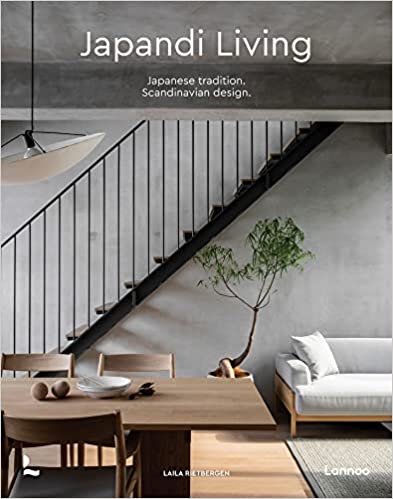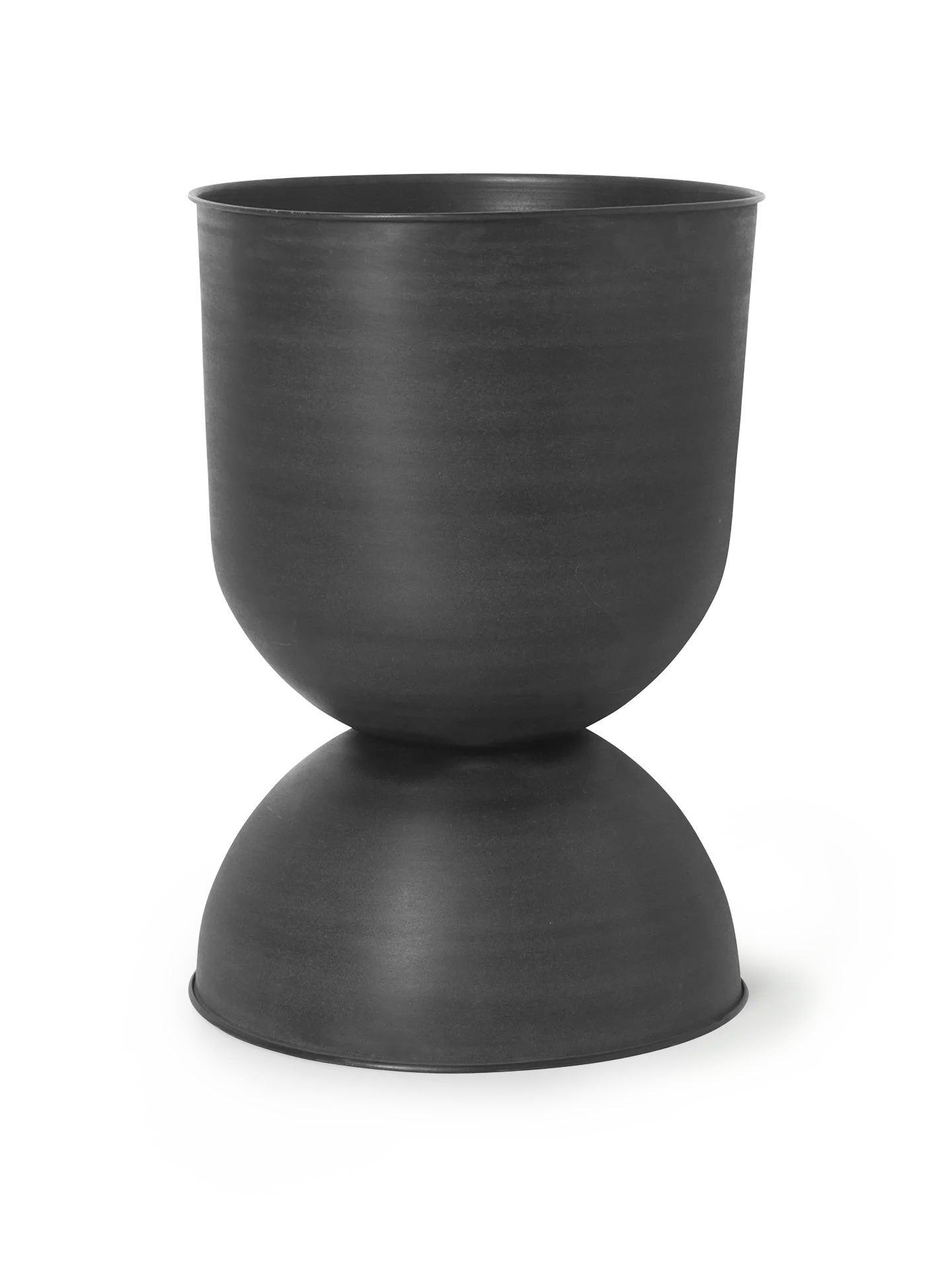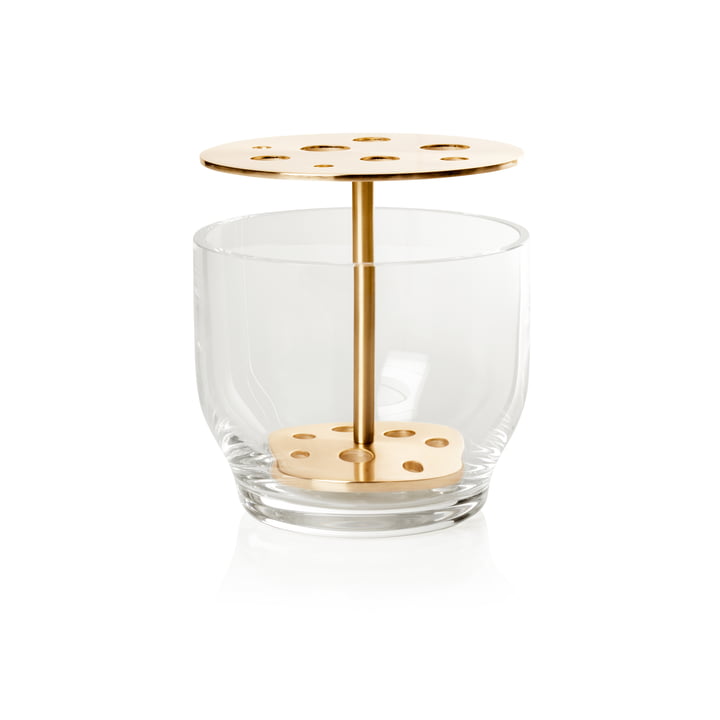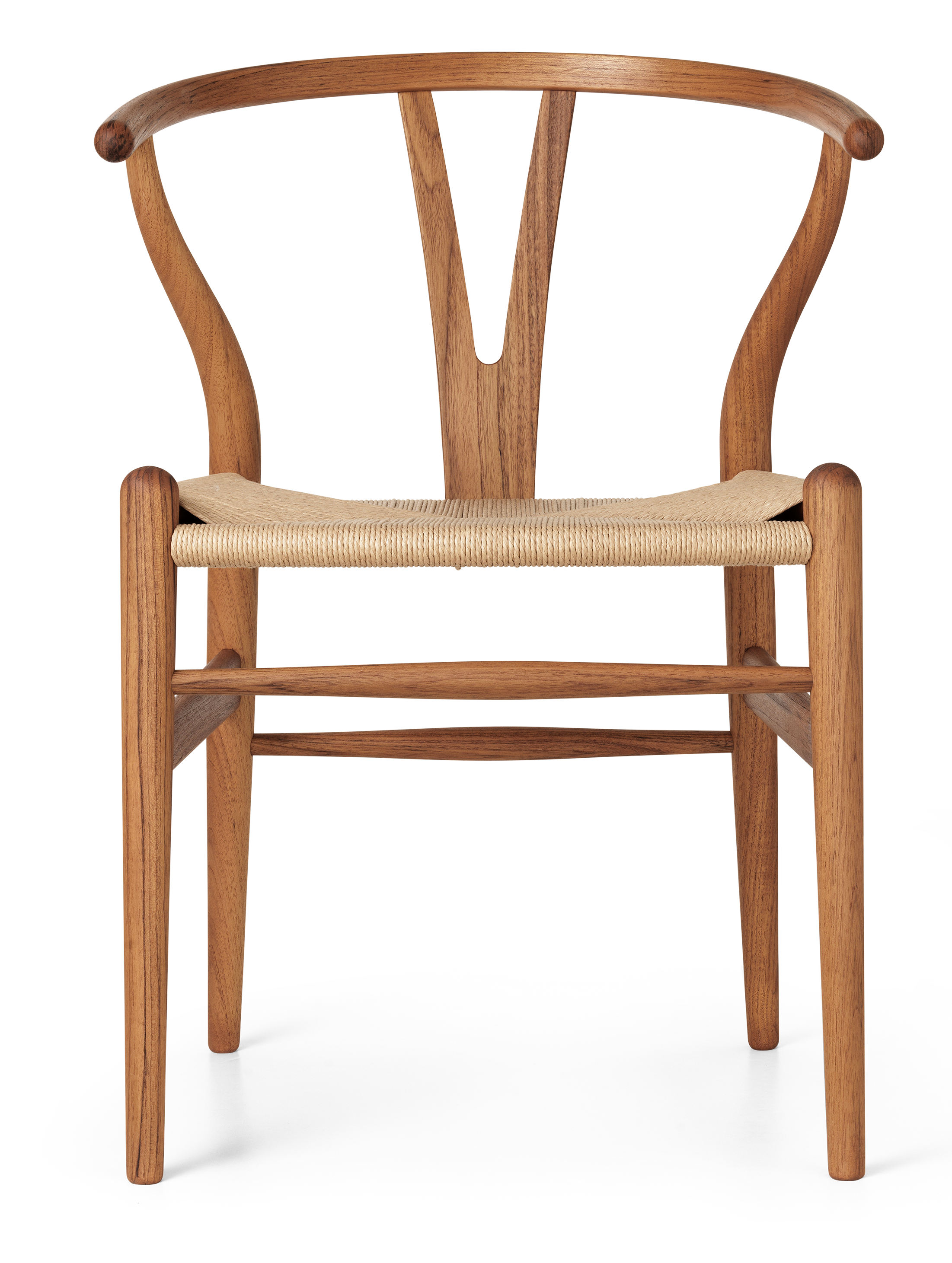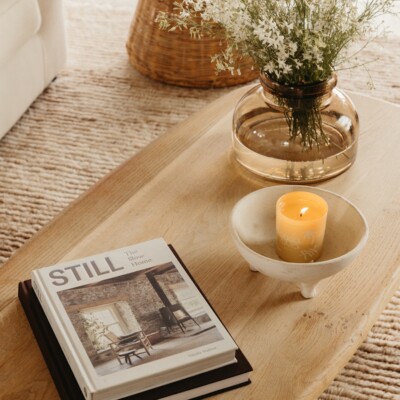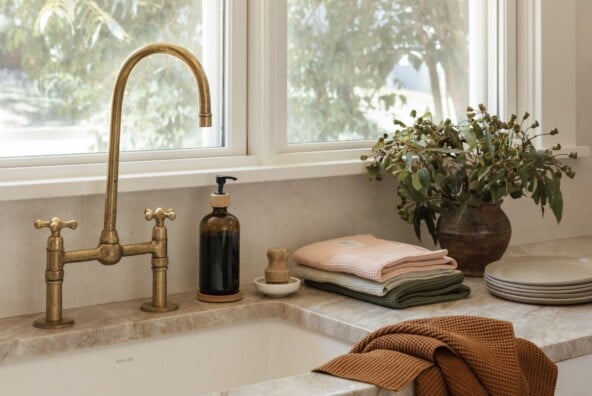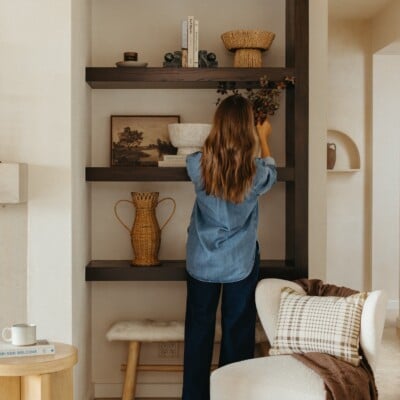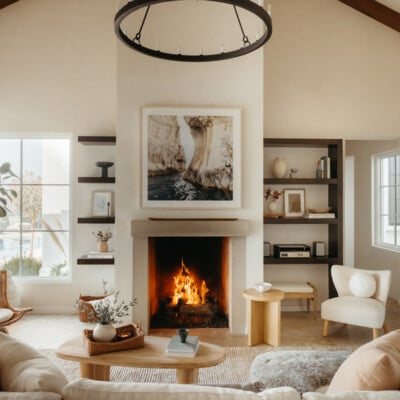With every apartment I’ve rented and space I’ve inhabited, I’ve sought to craft an air of tranquility. While four walls comprise its physical structure, many of us think of home as more of an abstract but undisputed idea. Home is where we feel safe and trust that we are loved. It comes with a sense of belonging and a knowing acceptance. For me, home has always been somewhere I can slip into the comforting repetition of routines and embrace the ease of rest. And there’s no aesthetic that expresses this better than Japandi interior design.
Japandi—the blending of Japanese and Scandinavian design values—communicates an appreciation for unfettered artistry and the distilling of design elements to their essential functionality. It celebrates organic materials and a reverence for minimalism. With its grounding, quiet simplicity, Japandi supports the fundamental, unadulterated beauty of the natural world.
Featured image courtesy of COCOON. All images have been reprinted with permission from the author.
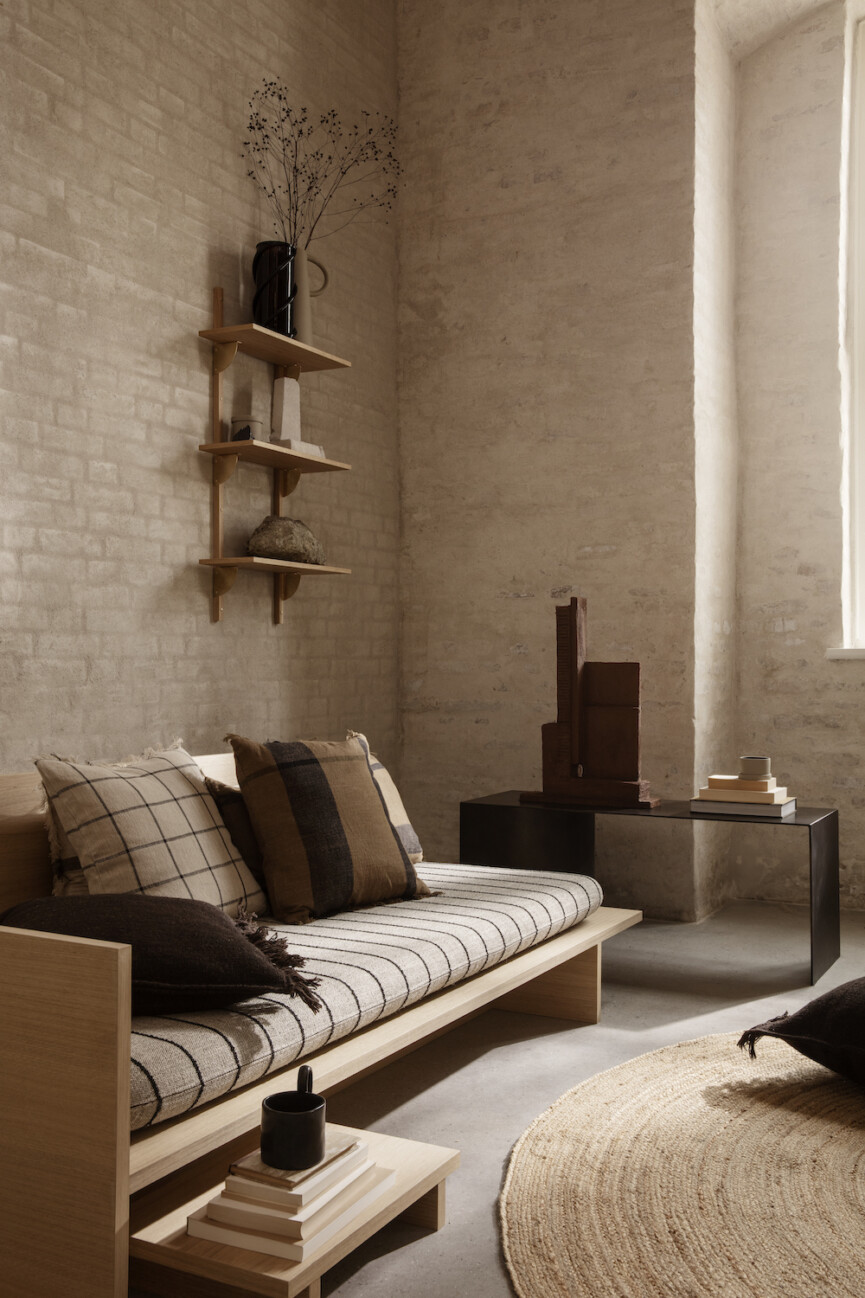
Image courtesy of ferm LIVING
But Japandi interior design isn’t simply a hybrid. Guided by these two rich design traditions, Japandi honors the past while feeling altogether new. To gain a greater sense of what Japandi is and learn to incorporate the trend into our own homes, I tapped an expert whose passion for Japandi has spread word of the aesthetic all over the world.
Today, Laila Rietbergen, author of the newly-released book, Japandi Living and the design genius behind the popular Instagram account, @japandi.interior, is speaking to all things Japandi interior design. Keep scrolling for her insights and her favorite pieces that’ll infuse any space with an unmistakable Japandi look and feel.
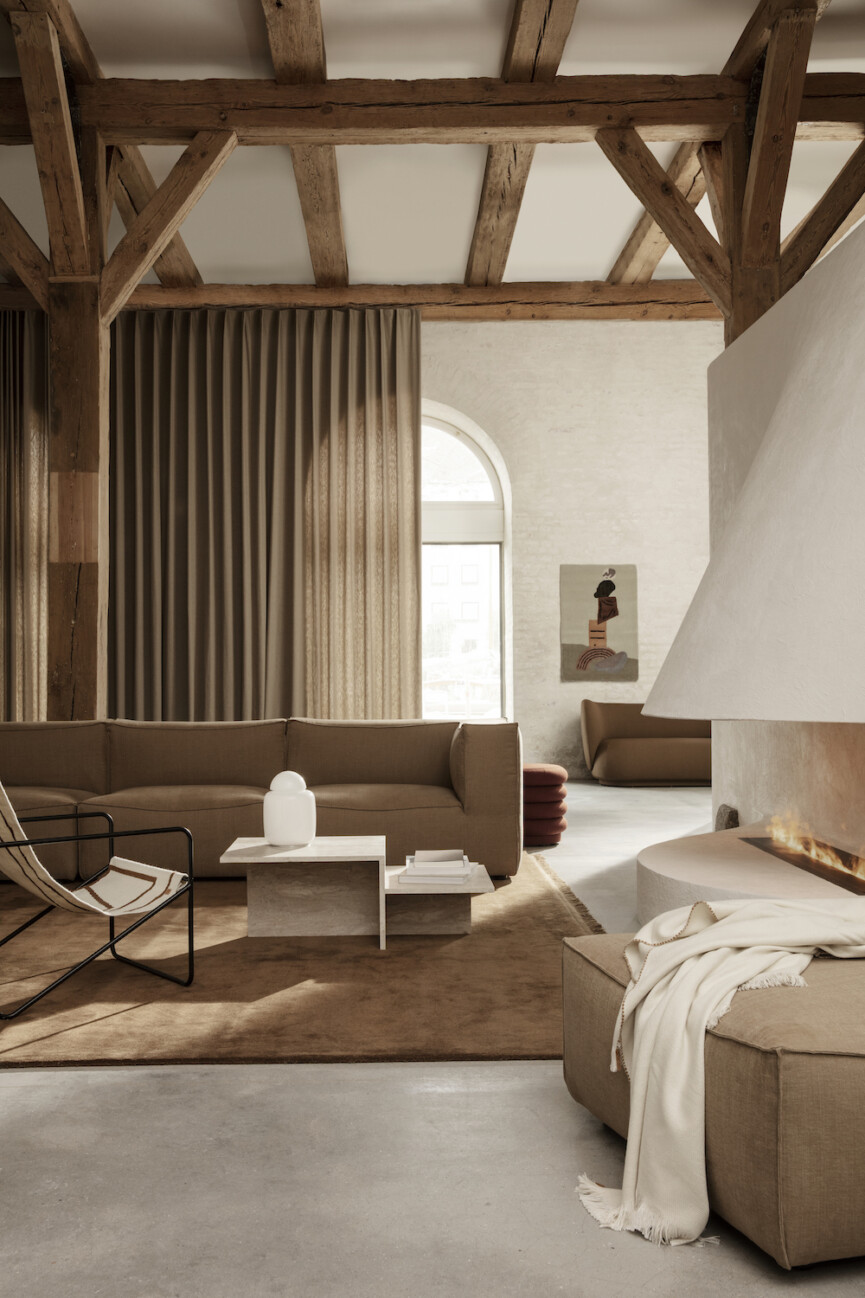
Image courtesy of ferm LIVING
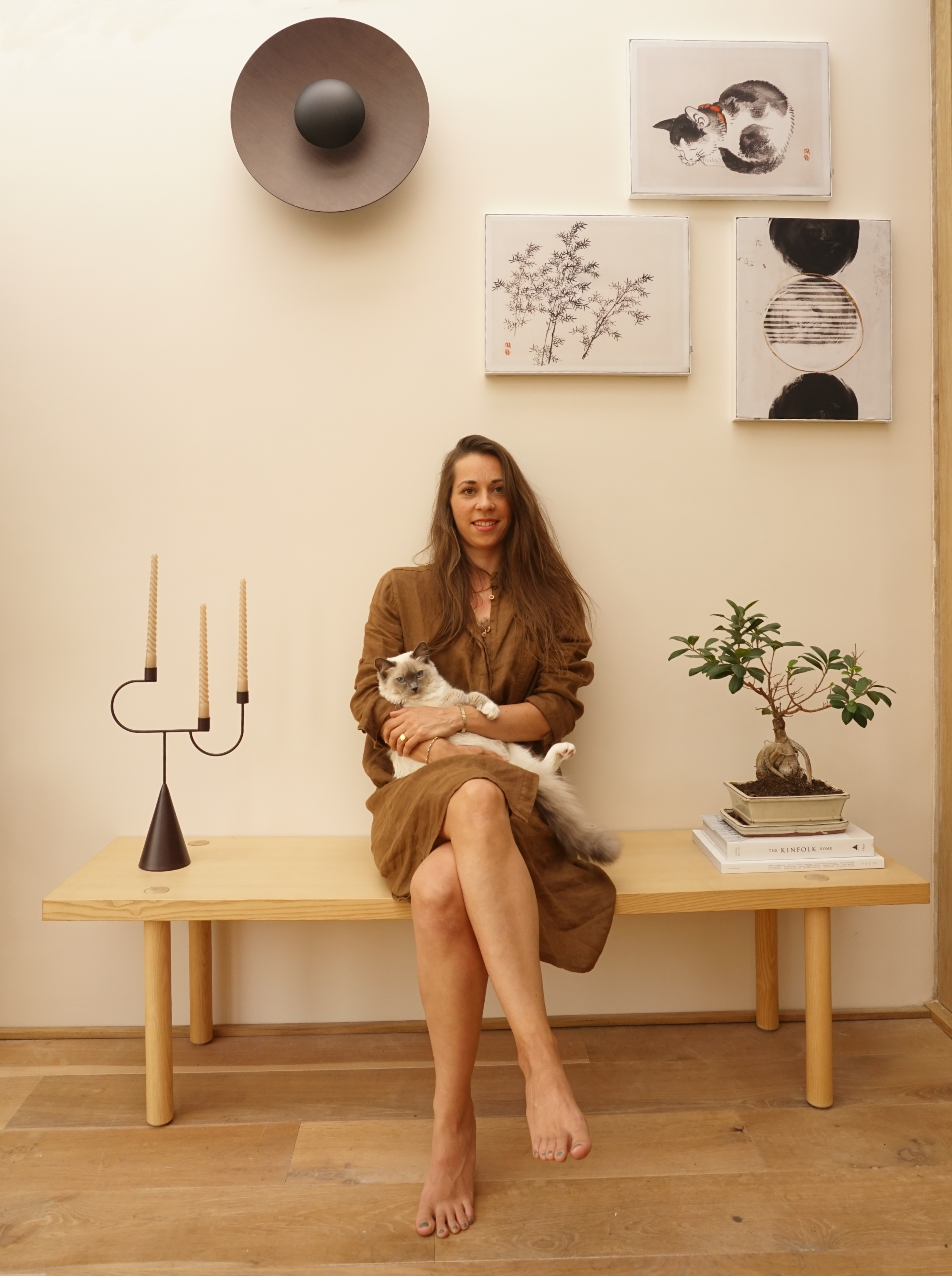
Laila Rietbergen is the author of Japandi Living. For Laila, Japandi is more than a decorating style; it’s a lifestyle that helps create a minimalist and tranquil home environment. She runs the popular Instagram account @japandi.interior where she loves to inspire her followers to embrace the Japandi aesthetic.
How would you define Japandi? What are the key values of the design aesthetic?
In Japandi, less is more. In my opinion, every interior looks better if it is decluttered, not only within Japandi style. It’s also key to note the use of different shapes, materials, and textures. They help you create an interesting Japandi-style home.
What is the history behind Japandi interior design? Why has it emerged as a popular design trend over the past few years?
Some people may think that Japandi “just happened,” but the relationship between Japan and Scandinavia dates back a long time ago. After 200 years of a closed-border policy ended in the 1850s, Japan opened up to trade with the western world. The Scandinavians who visited Japan loved the country, culture, and all the amazing items in the shops. These became the inspiration for a lot of artists and designers in Scandinavia. And with the two cultures’ shared love of craftsmanship, it was a bit like love at first sight.
Though the connection between Japan and Scandinavia began a long time ago, the blending of the two design aesthetics has become very popular over the last few years. There are multiple reasons that this style emerged at this moment. One is the fact that the world, the way we look at it, and the way we treat it are all changing. More and more people, companies, and governments are aware of their [environmental] footprint, and more people are reconnecting with nature. Japandi (life)style fits perfectly with this change.
During the pandemic, many people were spending more time at home. It became our workspace, daycare, and where we spent our leisure time. Because of this, and the reasons I mentioned before, people are looking for a style that is relaxing. Japandi’s serene and calming aesthetics and quality craftsmanship address these needs perfectly.

Image of the private residence of Frederik Alexander Werner by Jonas Bjerre-Poulsen, courtesy of Norm Architects
What do Japanese and Scandinavian design aesthetics have in common? How do the two styles work together and contribute a cohesive impact within a space?
The most important similarity is nature. In both Japan and Scandinavia, people love to spend time in nature and bring nature into their homes. They do this by using natural materials like wood and linen and organic shapes as well.
In Japanese interiors, you will find more darker colors and wood, but in Scandinavian design, you will find more light wood and soft and brighter pops of color. Combined, this creates a dynamic space with the different uses of natural materials, shapes, and contrast.
What emotion are people looking to create in their homes with this aesthetic?
Everyone has their own reason to like Japandi style. Every home and Japandi style interpretation is different. And because it is a blend of Japanese and Scandinavian design, some spaces lean more Japanese and some toward more Scandinavian elements.
But overall, people like to create a calming, serene, and warm place. A home where they feel safe and relaxed, and can escape all the impulses they get outside. I live in Utrecht, a city in The Netherlands, and love the calming and decluttered place that I created at home. It is a place where I can recharge.
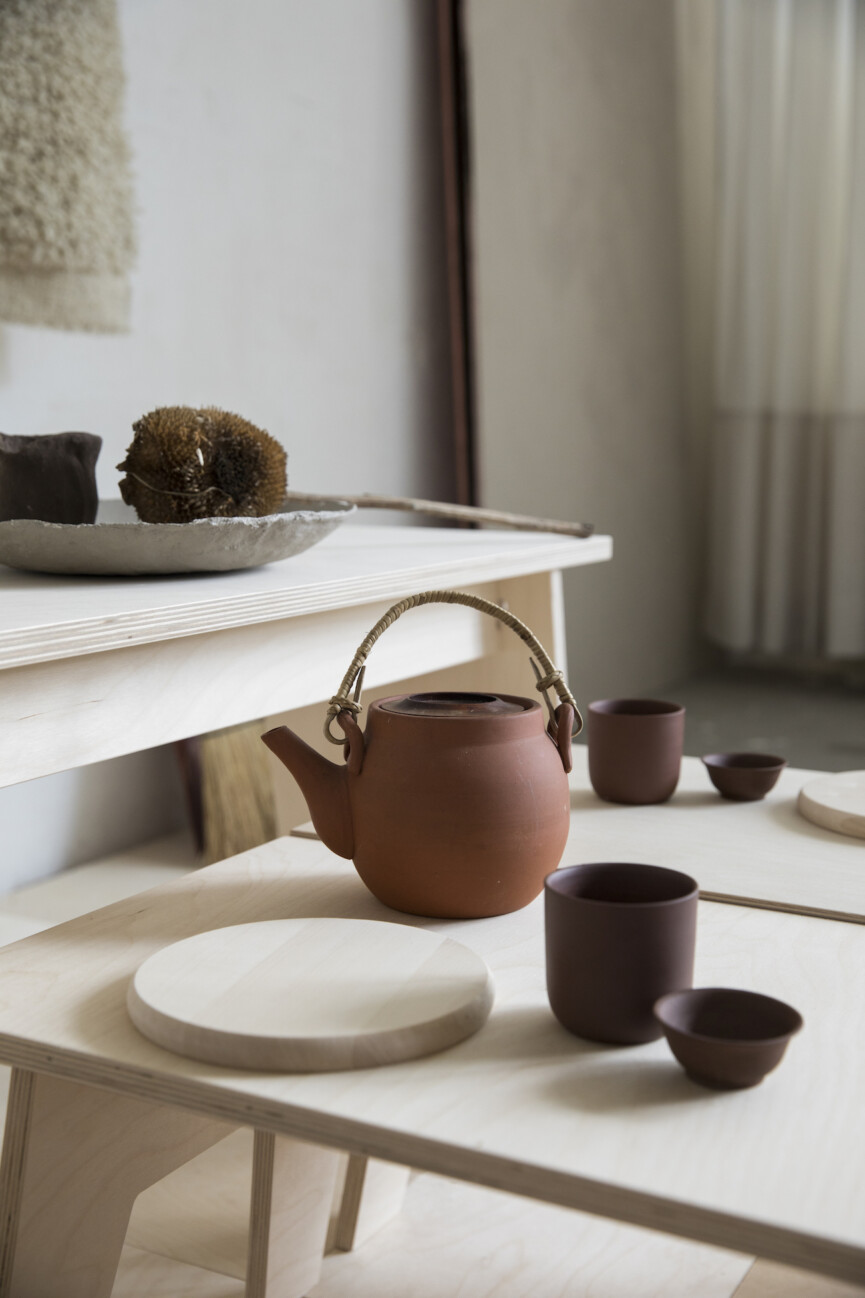
Image by wij zijn kees, courtesy of Woodchuck. Styling by Tinta.
Shop Laila’s Favorite Japandi Pieces
A typical element of Japanese design is the fact that most decorations are usable items, like books and ceramics. Both are also lovely to shop at second-hand shops and online marketplaces.
Japandi Living
I just finished my first book Japandi Living. With more than 200 inspiring images of the most beautiful Japandi interiors and designs, this book inspires you to transform your home into an elegant, comfortable and decluttered place and to establish harmony with your environment, away from the hectic world outside.
ferm LIVING Hourglass Pot
A nice way to bring nature into your home is with plants and flowers. I absolutely love the Hourglass pots from ferm LIVING. They come in several different sizes, and I love the shape. The black pot can be a lovely contrast element in your home.
Fritz Hansen Ikebana vase
Another lovely way to bring nature in is Ikebana, the centuries-old Japanese art of flower arranging. Fritz Hansen designed a vase that is perfect for making your own ikebana piece.
Vitra Abat-Jour Conique Wall Lamp
Lighting has an important role in Japandi. Especially because, in Scandinavia, the winter months are long and dark and much of our time is spent inside.

Vitra Abat-Jour Conique Wall Lamp
Norm Architects Hashira Collection
There are lots of lights inspired by traditional Japanese rice paper lights that come in all kinds of shapes and designs.
Carl Hansen Wishbone chair
In Japandi, you will find a lot of wooden chairs. Sometimes they’re the same, but you can also combine different kinds of chairs together. When you do, I would recommend choosing one color or kind of wood. One of my favorite dining chairs is the Wishbone chair by Carl Hansen.



